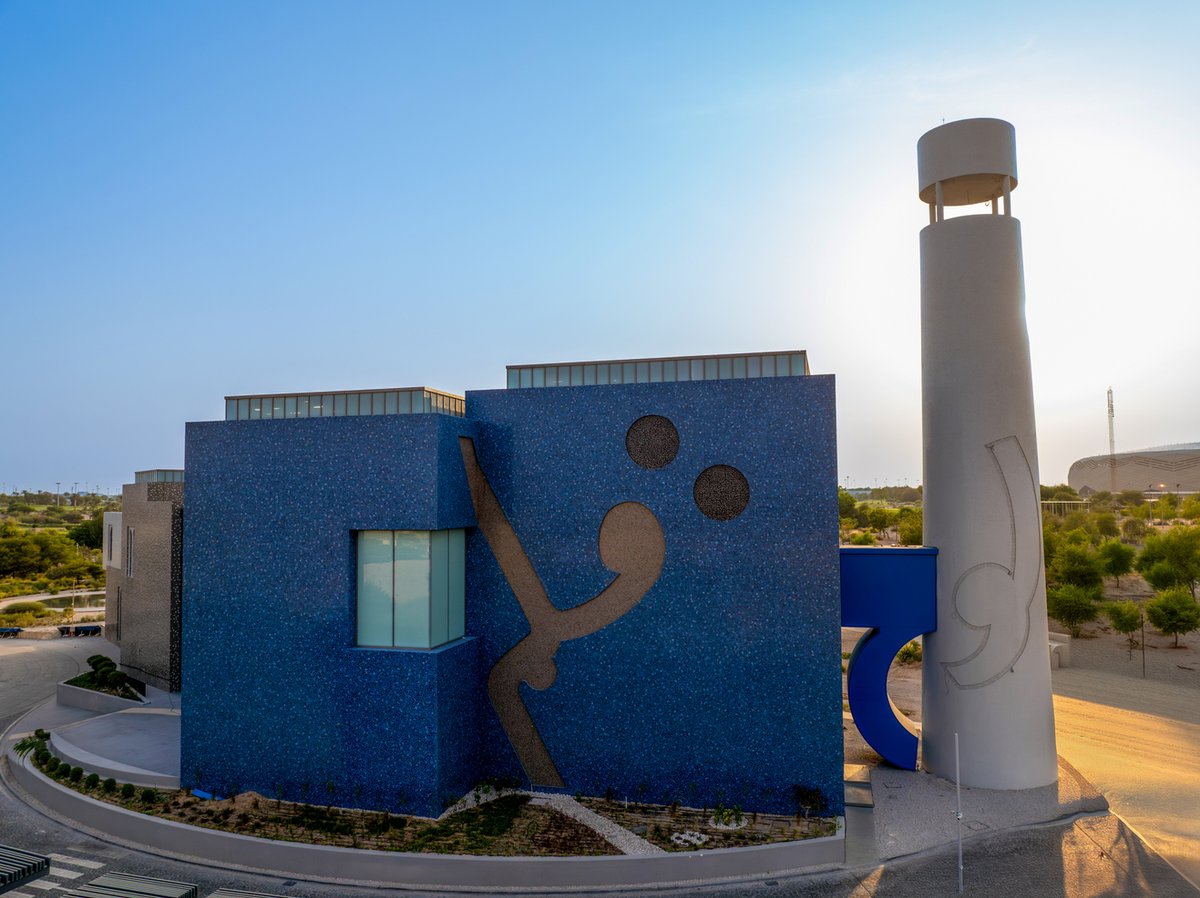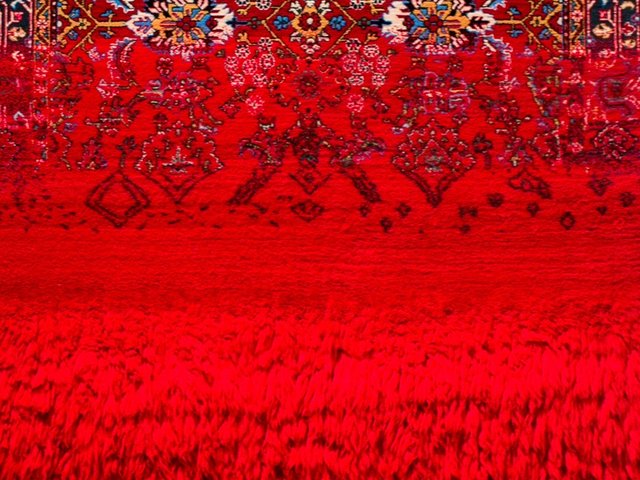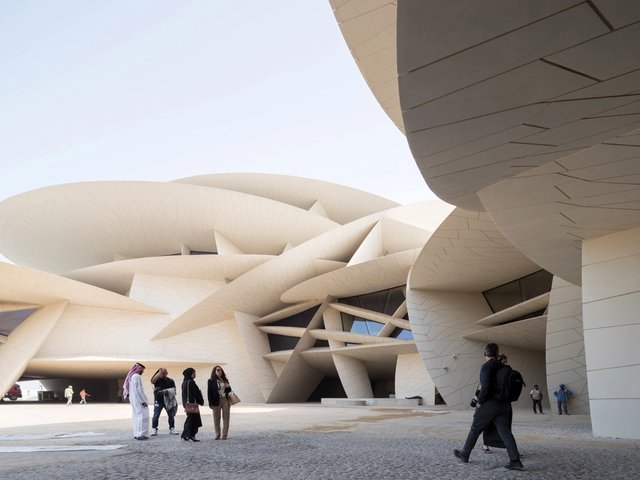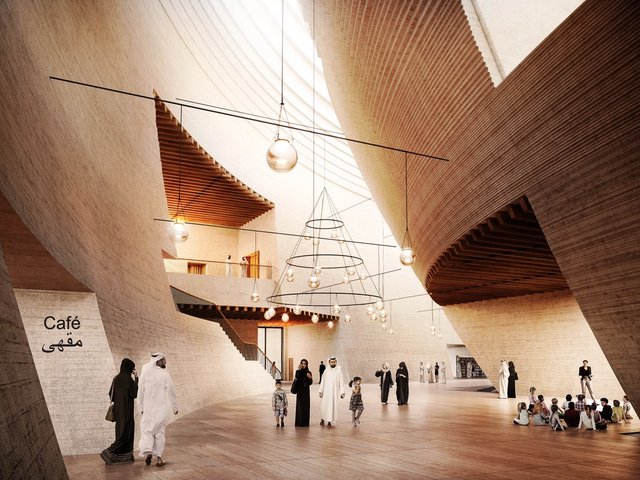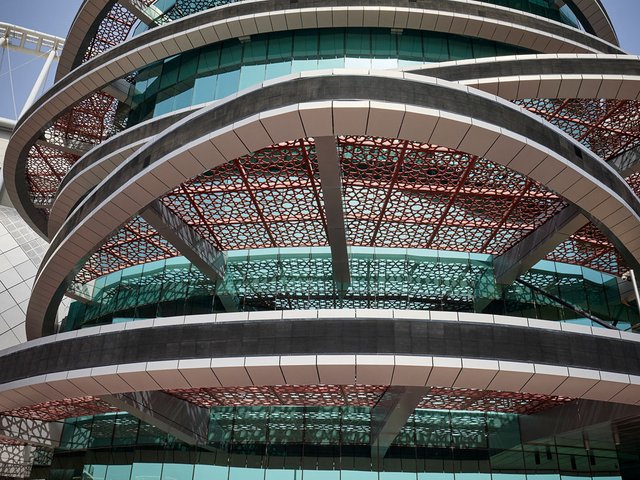Qatar is opening a new museum in late November devoted to the work of the pioneering Indian Modernist M. F. Husain.
Husain was one of India’s foremost painters in the 1950s, when he was a member of the Bombay Progressive Artists’ Group. His work depicts everyday life in India, its mythology and folklore, and symbols such as the horse, all of which he rendered in bright, expressive forms.
Born into a Muslim family in 1915, he engaged with both Muslim and Hindu subject matter, and eventually became a national icon. However, protests erupted in the mid-1990s over his picture of the Hindu goddess Saraswati in the nude, and he faced accusations of obscenity over a painting of a naked personification of India, in 2006. He moved to the Persian Gulf—Dubai and then Qatar—in self-imposed exile and died in London in 2011, at the age of 95.
In Husain’s years in the Gulf, the Qatari royal family offered him significant support, granting him the substantial honour of Qatari citizenship in 2010. Sheikha Moza bint Nasser, the wife of the former emir of Qatar, collected many of his paintings and in 2009 commissioned his major last work, Seeroo fi al ardh (Walking in the Earth), an enormous painting installation depicting the progress of humanity, which was finished posthumously in 2019.
The artist’s practice spanned a variety of media, and the new museum—opening in Doha—will reflect this, showing his early canvases alongside his films, tapestry, photography, poetry and installations, and installations such as Seeroo fi al ardh.
The museum, named Lawh Wa Qalam: M. F. Husain Museum, is a project by Qatar Foundation—an organisation, chaired by Sheikha Moza, that supports research and knowledge-building. The foundation oversees the museum’s location, a sprawling university campus called Education City.
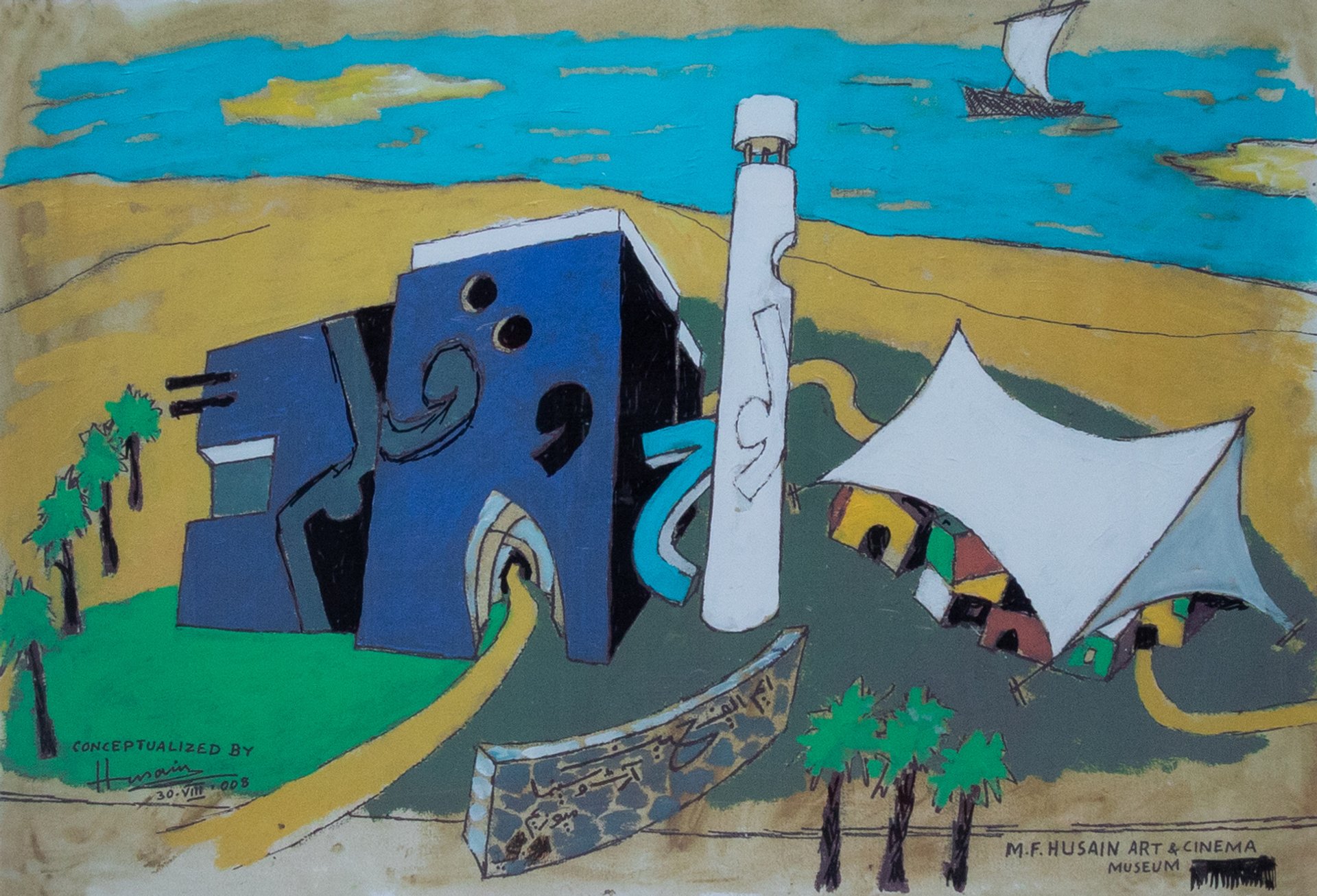
The sketch by M.F. Husain that the museum design is based on
The design of the museum’s building is based on a sketch by the artist, depicting a bright blue building with Arabic letter-like apertures in the facade, and a white column resembling a minaret. Lawh Wa Qalam translates as “canvas and pen”.
Lawh Wa Qalam comes as market interest in Husain’s work is rising, in part due to the growth of the Indian art market and the broader curiosity towards non-Western Modernisms. Earlier this year, a 14-foot-wide mural that was discovered in a Norwegian hospital and was determined to a work by Husain from 1954, broke records for Indian art at Christie’s in New York, selling for $13.8 million.


